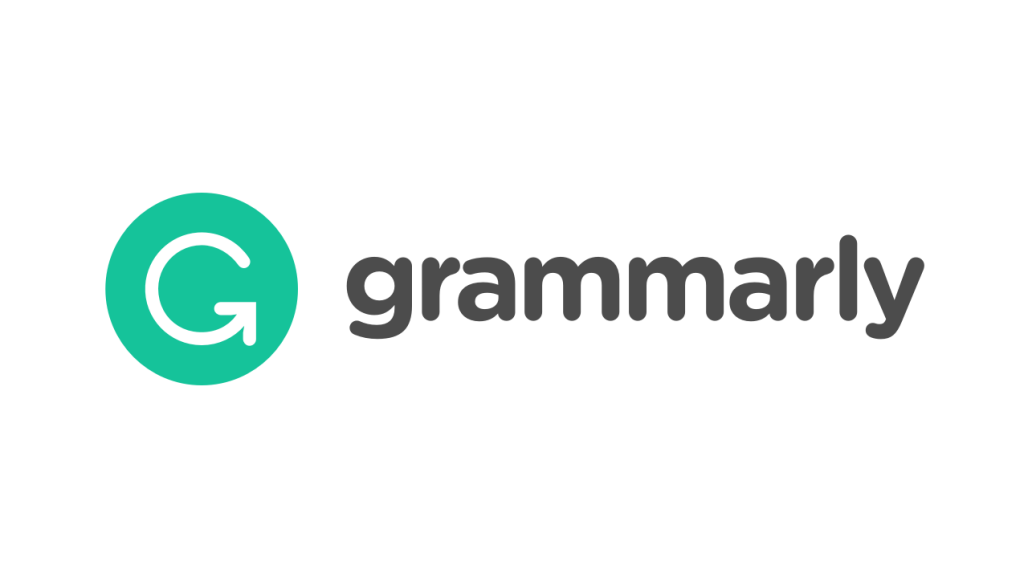Electrosurgery on Giant Condyloma Acuminata
Abstract
Keywords
Full Text:
PDFReferences
Baigrie, D., Qafiti, F. N., & Buicko, J. L. (2022). Electrosurgery.
Chan, M. P. (2019). Verruciform and Condyloma-like Squamous Proliferations in the Anogenital Region. Archives of Pathology & Laboratory Medicine, 143(7), 821–831. https://doi.org/10.5858/arpa.2018-0039-RA
Costa-Silva, M., Fernandes, I., Rodrigues, A. G., & Lisboa, C. (2017). Anogenital warts in pediatric population. Anais Brasileiros de Dermatologia, 92(5), 675–681. https://doi.org/10.1590/abd1806-4841.201756411
Diţescu, D., Istrate-Ofiţeru, A. M., Roşu, G. C., Iovan, L., Liliac, I. M., Zorilă, G. L., Bălăşoiu, M., & Cercelaru, L. (2021). Clinical and pathological aspects of condyloma acuminatum - review of literature and case presentation. Romanian Journal of Morphology and Embryology = Revue Roumaine de Morphologie et Embryologie, 62(2), 369–383. https://doi.org/10.47162/RJME.62.2.03
Gallagher, K., Dhinsa, B., & Miles, J. (2011). Electrosurgery. Surgery (Oxford), 29(2), 70–72. https://doi.org/10.1016/j.mpsur.2010.11.009
Gurcan, M. N., Boucheron, L. E., Can, A., Madabhushi, A., Rajpoot, N.
M., & Yener, B. (2009). Histopathological image analysis: a review. IEEE Reviews in Biomedical Engineering, 2, 147–171. https://doi.org/10.1109/RBME.2009.2034865
Hall, A. (2019). Genital Warts (Condyloma Acuminata). In Atlas of Male Genital Dermatology (pp. 87–89). Springer International Publishing. https://doi.org/10.1007/978-3-319-99750-6_25
Jayadharma, I. B. G., & Wiraguna, A. A. G. P. (2020). Gambaran karakteristik pasien kondiloma akuminata dengan infeksi HIV/AIDS di RSUP Sanglah, Denpasar, Indonesia tahun 2011-2015. Intisari Sains Medis, 11(3), 1308–1312. https://doi.org/10.15562/ism.v11i3.735
Leslie, S. W., Sajjad, H., & Kumar, S. (2022). Genital Warts.
Leung, A. K., Barankin, B., Leong, K. F., & Hon, K. L. (2018). Penile warts: an update on their evaluation and management. Drugs in Context, 7, 212563. https://doi.org/10.7573/dic.212563
Loo, G. H., Lim, L. Y., Zainuddin, Z. M., & Fam, X. I. (2019). Staged resection in the management of HIV-related anogenital giant condyloma acuminatum. A case report. Annals of Medicine and Surgery, 48, 73–76. https://doi.org/10.1016/j.amsu.2019.10.024
Nieves-Condoy, J. F., Acuña-Pinzón, C. L., ChavarrÃa-Chavira, J. L., Hinojosa-Ugarte, D., & Zúñiga-Vázquez, L. A. (2021). Giant Condyloma Acuminata (Buschke-Lowenstein Tumor): Review of an Unusual Disease and Difficult to Manage. Infectious Diseases in Obstetrics and Gynecology, 2021, 1–5. https://doi.org/10.1155/2021/9919446
Pennycook, K. B., & McCready, T. A. (2022). Condyloma Acuminata.
Pratita, R., & Setyowatie, L. (2022). Case Report: Combination of Electrocautery and Echinacea Therapy in Condylomata Acuminata. Asian Journal of Health Research, 1(3), 59–64. https://doi.org/10.55561/ajhr.v1i3.48
Purzycka-Bohdan, D., Nowicki, R. J., Herms, F., Casanova, J.-L., Fouéré, S., & Béziat, V. (2022). The Pathogenesis of Giant Condyloma Acuminatum (Buschke-Lowenstein Tumor): An Overview. International Journal of Molecular Sciences, 23(9), 4547. https://doi.org/10.3390/ijms23094547
Puspawati, N. M. D., Sissy, S., & Gotama, D. (2018). A retrospective study of condyloma acuminata profile in outpatient clinic of dermato-venereology Sanglah General Hospital Denpasar, Bali-Indonesia period 2015-2017. Bali Dermatology and Venereology Journal, 1(1). https://doi.org/10.15562/bdv.v1i1.1
Singh SK, & John Wiley & Sons. (2018). Diagnostics to Pathogenomics of sexually transmitted infections.
Sterling, Jane. C. (2019). Human Papillomavirus Infection. In Fitz
Patrick 9th Edition (9th Edition, Vol. 1, pp. 3095–3106).
Taheri, A., Mansoori, P., Sandoval, L. F., Feldman, S. R., Pearce, D., &
Williford, P. M. (2014). Electrosurgery. Journal of the American Academy of Dermatology, 70(4), 607.e1-607.e12. https://doi.org/10.1016/j.jaad.2013.09.055
Vujevich, J. J., & Godlberg, L. H. (2019). Cryosurgery and Electrosurgery. In Fitz Patrick 9th Edition (9th edition, pp. 3795–3801).
Workowski, K. A., & Berman, S. M. (2011). Centers for Disease Control and Prevention Sexually Transmitted Disease Treatment Guidelines. Clinical Infectious Diseases, 53(suppl_3), S59–S63. https://doi.org/10.1093/cid/cir694
DOI: http://dx.doi.org/10.30742/jikw.v12i1.2652
Refbacks
- There are currently no refbacks.
Copyright (c) 2023 Agita Danaparamita Dharsono, Lita Setyowatie

This work is licensed under a Creative Commons Attribution-NonCommercial 4.0 International License.
Jurnal Ilmiah Kedokteran Wijaya Kusuma is licensed under a Creative Commons Attribution-NonCommercial 4.0 International License










